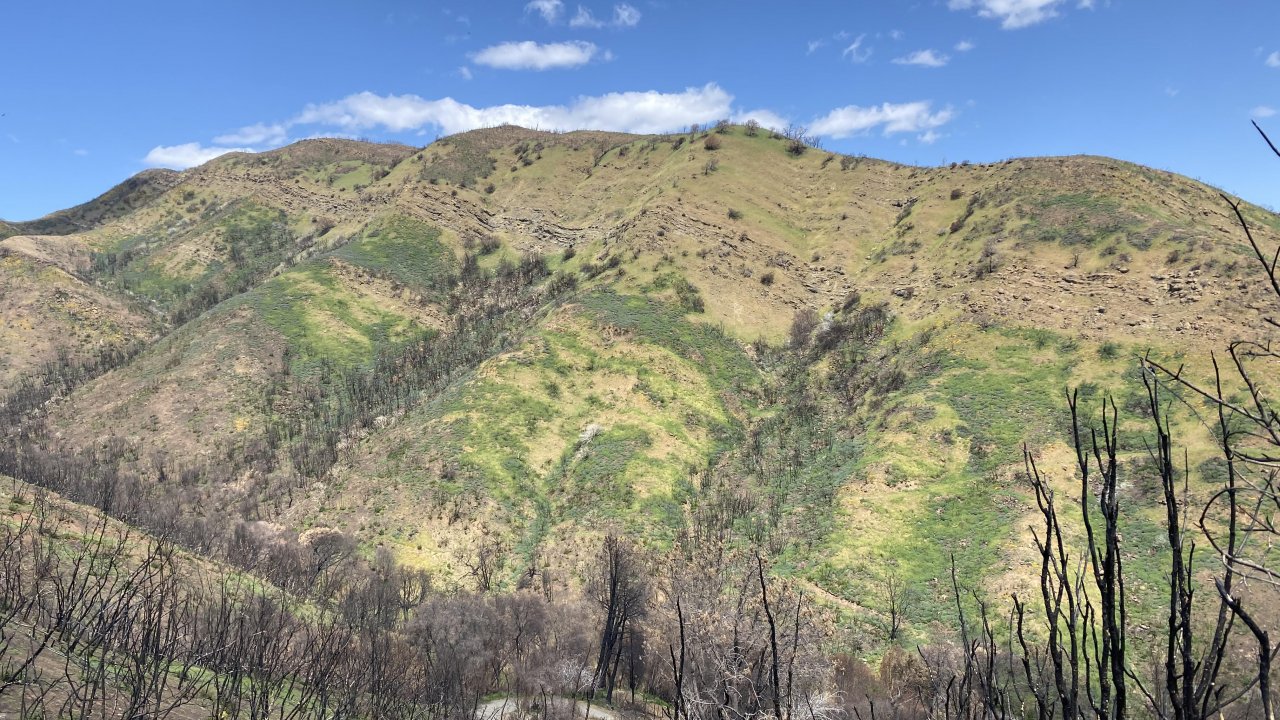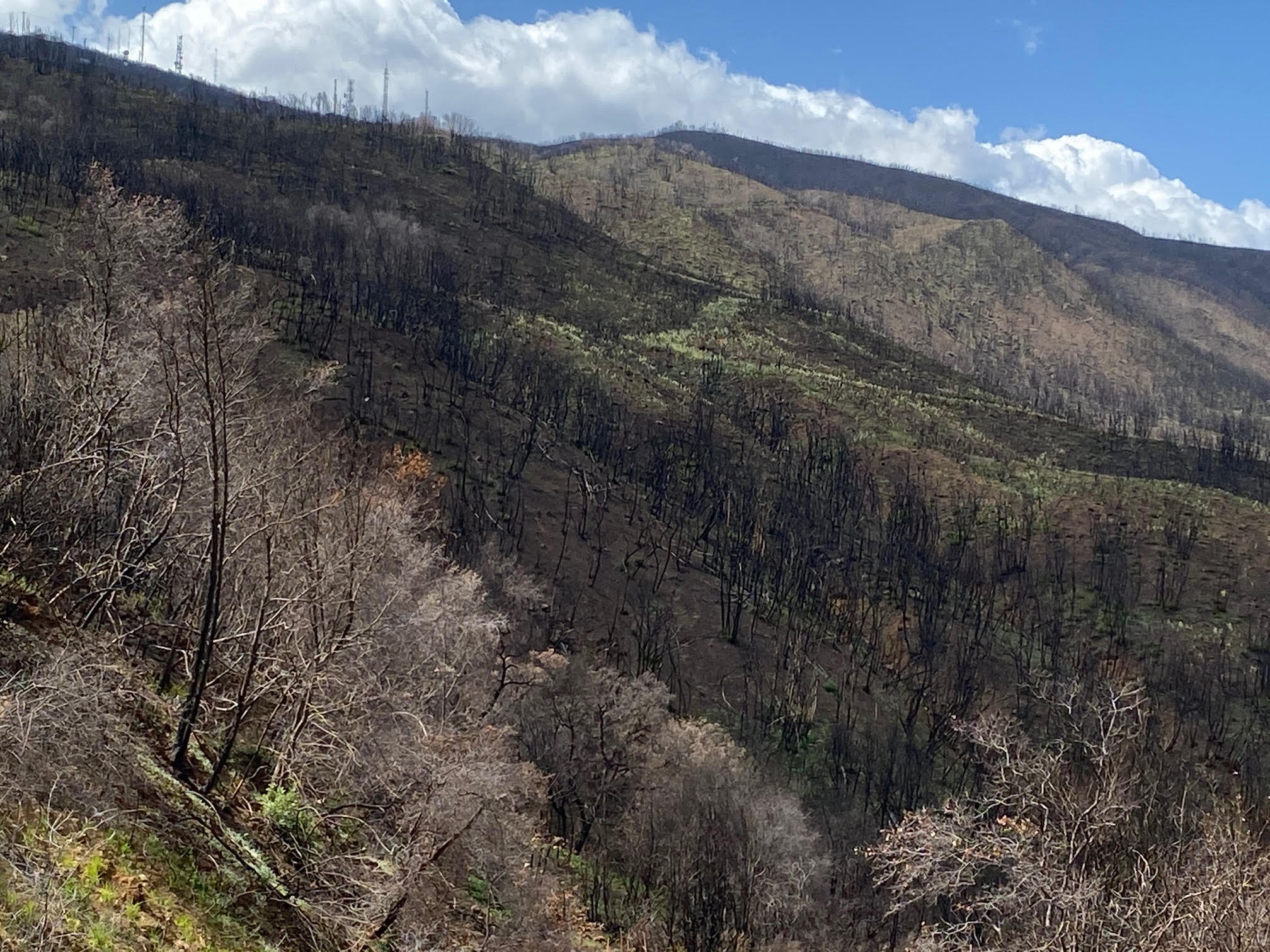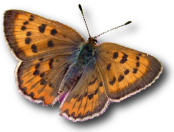
The Loss of Gates Canyon
On August 6, 2020, according to investigators, a 32-year-old woman went on a date with a man she had met on-line, and was never seen alive again.
In the early morning of August 16 an unusual complex of dry nocturnal thunderstorms spawned from the remains of Tropical Storm Fausto moved over northern California, producing almost 11,000 lightning strikes that ignited 376 known fires, many of which merged to form what was called the LNU Fire Complex (LNU standing for Lake-Napa [counties] Unit). Among them they burned 192,000 acres (777 km2). Destroyed 1491 structures and damaged 232 more, and killed 6 people and injured an additional 5. This complex constituted the fourth-largest wildfire in modern California history. We knew the storms were coming and the threat they posed, but no one envisioned the scope of destruction to come.
On August 18 what was called the Markley Fire broke out at the Marley Cove resort on Lake Berryessa and quickly merged with the others. The fire raced upslope to the Blue Ridge and thence south along the spine of the Vaca Hills. A separate prong, possibly ignited from Mix Canyon, raced south along Pleasants Valley Road and into the English Hills to the east. By 11:30 PM on the 18th the fire had spread more than 13 miles southward, prompting mandatory evacuations. By early September the fire was out. Watching videos from familiar places, I inferred that Gates Canyon was a complete loss. My first instinct was to see the wreckage for myself, but that was impossible.
On September 2 the missing woman’s body was found near Markley Cove resort and her date was arrested and charged with her murder. After an 8-month investigation the Solano County District Attorney charged him at the end of April with setting the fire to cover up the murder. He was further charged with two more counts of murder—one for a man killed by the fire in the English Hills and the other for a victim in Pleasant’s Valley.
The area was closed to the public for weeks. On September 25 Kathy Keatley Garvey of our Entomology Department, who lives in Vacaville, was allowed to reconnoiter the canyon and she e-mailed me a batch of pictures that confirmed my initial judgment. The only part of the canyon that was spared was the base (essentially, the Brazelton Ranch and environs)—the area where most of the naturalized weedy annuals and “weedy” Valley butterflies occur. Everything above the middle of my transect appeared to be a total loss. (I am happy for the Brazeltons but cannot miss the irony of the ripgut, foxtail and other highly-combustible weeds being spared.)

The winter of 2020-21 was very dry, with less than 50% of 10-year average rainfall regionally. My source of rainfall data for the canyon (the rain gauge at the home of UCD Emeritus Professor Wes Weathers) was lost along with the entire Weathers homestead. There was only one serious storm in the entire winter, which I estimated as giving Gates about 3” of rain in 48 hours—enough to trigger some small mud- and rockslides, as it turned out, but nothing catastrophic.
On April 14, 2021 former UCD student Rob Fernau was visiting me and we decided to reconnoiter the canyon. It was a lovely day—75F and sunny with a few fair-weather cumulus and a 4-15 mph SW sea breeze, strongest near the ridgetop; a perfectly good butterfly day, but we saw only 2 Callophrys dumetorum, 1 hilltopping Papilio zelicaon, and 1 Vanessa cardui. All day.
The bottom third of the canyon was only slightly affected, but nothing at all was flying there. Alamo Creek was completely dry, as is rarely seen before September or October. The annual grasses were drying and the usual late-spring weeds (Brassica nigra, Calendula, Oxalis pes-caprae) were still in bloom; Raphanus and Brassica campestris and kaber were nearly over, and Amsinckia completely done.
In the middle third of my transect the burn was 70-85%. Most understory perennials were back, including Dentaria, Angelica, and Biscuitroot (Lomatium); Nemophila and Salvia spathulifolia and the ferns were back but reduced in abundance; the uncommon perennial lupine was doing well but not yet flowering; Eriophyllum and Wyethia just starting, with a little Lithophragma still in bloom. There were very heavy blooms of Chinese Houses, Lathyrus (on both N- and S-facing slopes), and Golden Fairy Lantern (Calochortus amabilis – the flowers were unusually small). Most of the large trees appeared completely dead, but small oaks and Umbellularia with stem diameters up to 3” often showed regeneration from the base. Ceanothus was all dead. Poison Oak, Baccharis and Aristolochia were regenerating happily. There was intermittent flow, with small pools, in the upper half of the creek—rougly early autumn conditions.
In the chaparral zone manzanita, tasselbush and ceanothus showed no regeneration, but chamise, chaparral pea (Pickeringia), yerba santa, and some scrub oaks (Quercus berberidifolia) were regenerating vigorously. The most exuberant regeneration was shown by coyotebrush (Baccharis), all of which seemingly survived. There was no general post-fire bloom of annuals, but there was a very localized flush of Streptanthus glandulosus—about 40 plants, the biggest being waist-high. There were a few pockets of poppies but nothing like the huge post-fire poppy bloom at Cape Horn near Colfax a few years ago. The most striking post-fire phenomenon was a massive bloom of death-camas (Zygadenus), the biggest such that I have ever seen. Although it is often visited by longhorn moths (Adela), none were seen. I found one flowering individual of the rare umbel Lomatium repostum (it was recorded here years ago by Dean Taylor but I had never seen it before, probably because it was overtopped by shrubs that are now gone). Castilleja bloomed very heavily too. Several Lathyrus and one Helianthella were also in bloom. Despite the burn, I managed to pick up a couple of Dermacentor (wood ticks).
The persistence of much of the understory flora in the canyon augurs well for recolonization by butterflies that were locally extirpated, but the complete absence of things like Papilio rutulus, Battus philenor and Coenonympha tullia california now showed that local breeding populations of even very common things were almost certainly gone. The Streptanthus bloom could feed a “bloom” of Pontia sisymbrii and Euchloe hyantis, if they can get there in time to exploit it (I doubt it will persist more than a few years). The extensiveness of the burn implies that distances to source populations of potential colonizers are non-trivial. Fires at my lowland sites (all of them!) have been much smaller and recovery from them was rapid, often within one season. At Gates I would hazard a guess that it will take 20 to possibly 50 years to restore a semblance of the prior fauna. Perhaps half of the fauna might be back within a decade. Very local things like the California Dogface (Zerene eurydice) will probably never come back, at least in my lifetime; its host (Amorpha) does not appear to regenerate after fire and its known breeding site in a side canyon was completely charred.
n my judgment there is no point in treating the post-fire history at Gates as in any sense a continuation of the prior record. Recolonization will constitute its own proper study, and a new beginning. I may visit a few times this year, with very low expectations, and will decide in late winter if I am still around whether or not it is worth trying to resume a monitoring schedule there.
The burn in both the English Hills and Pleasants’ Valley was exceedingly capricious. The oldest building in the Valley, a farmhouse near the foot of Foothill Drive, was a total loss, but the picturesque century-old bungalow surrounded by huge 100-year-old conifers – only a short distance further south--was somehow spared, as was the herb farm. The most picturesque oak a little north of Foothill Drive, on the west side of Pleasant’s Valley Road, was reduced to rubble. As of my visit, neither the open-faced yellow Calochortus nor the narrow-leaved Wyethia in that vicinity was in bloom.
The post-fire vegetation is surely impacted by the severe water stress already in place.
As for the SOB who allegedly started the fire…
